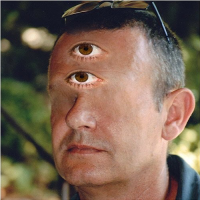At the very least, I hope we see every feature of the R6 Mark II get added to the R3 in a firmware update. Even better, would be hope that we see the R5 get a major firmware update with these features as well.
Upvote
0

